Proper helmet fit is essential to superior head protection in the game of football. When a helmet is fit properly, the helmet should feel snug and free of pressure points, while at the same time providing coverage to injury prone areas. There are four main areas to check for size requirements when fitting a helmet. Read below to learn how to fit a football helmet:
1. Eyebrows
Helmet padding should be just above the athlete’s eyebrows with the top bar of the facemask about one inch above the eyebrows
2. Nose
The athlete’s nose should have at least two inches of clearance from the facemask
3. Base of Skull
The helmet should cover the entire back of the skull. Including the occipital bone (back base of skull)
4. Ears
Ear canals should be visible within each ear hole.
Many football helmets utilize handheld pumps to fill air cells or air bladders in order to achieve a proper fit. Xenith, however, utilizes an Adaptive Fit System to provide superior performance and comfort to the athlete, ensuring a custom fit without the hassle of air bladders.
When you engage the Integrated Xenith Chinstrap, the Internal Shock Matrix conforms to your head for an even, 360° fit with zero pressure points for maximum comfort and protection.
Our core technology maintains the athlete’s natural center of gravity by evenly distributing weight and pressure across the entire head resulting in the most balanced and agile helmet on the field. Utilizing Xenith’s Internal Shock Matrix, which functions as an autonomous protective cap, an unprecedented barrier of space is created between the head and points of impact, allowing more time and space for energy to dissipate before it reaches the athlete.
Benefits:
Performance
– Pressure and weight are evenly distributed allowing the athlete to maintain their natural center of gravity, improving athlete agility and performance.
Comfort
– Xenith’s Adaptive Fit System eliminates pressure points and hot spots removing distractions and providing peak comfort.
Protection
– Individualized fit is set once and lasts, providing optimal retention and impact force management to protect on the field.

There are 5 simple steps to fitting a Xenith helmet.
1. Place the helmet on your head
Unbuckle the straps and pull the Xenith chin cup towards the facemask to free up space to place the helmet on your head so the front edge rests just above your brow. Then pull the lower chin straps outward until the chin cup slides up to meet your chin. The internal suspension system will tighten until it feels snug and secure around your head.
2. Adjust the low buckles and secure
Slide each buckle along the chin strap until you can snap the buckle into place on the outside of the helmet with no discomfort or slack in the straps.
3. Adjust the high buckles and secure
Pull the high chin straps upwards so that the chin cup sits comfortably under your chin. Repeat Step 2 on the high straps, snapping them into place once the helmet is secure and fits comfortably – again making sure there’s no slack in the straps.
4. Check for proper fit
With all four buckles snapped into place, apply mild force to the facemask in multiple directions. If there is excessive movement, tighten the chin straps and readjust the buckles until you’ve achieved a snug, secure fit.
5. Lock the buckles in place
Once your helmet is comfortable and secure, feed the end of the chin strap through the second slot of each buckle to lock in the fit.
6. Taking the helmet off
To take the helmet off, unbuckle the straps and once again pull the chin cup towards the facemask to free up space so you can comfortably slide off the helmet.
Finding a proper fit is crucial to athlete protection on the field. Make sure you follow the proper steps to ensure protection in both games and practices. For more information on helmet fitting, visit the Xenith Gear Fitting Guide.

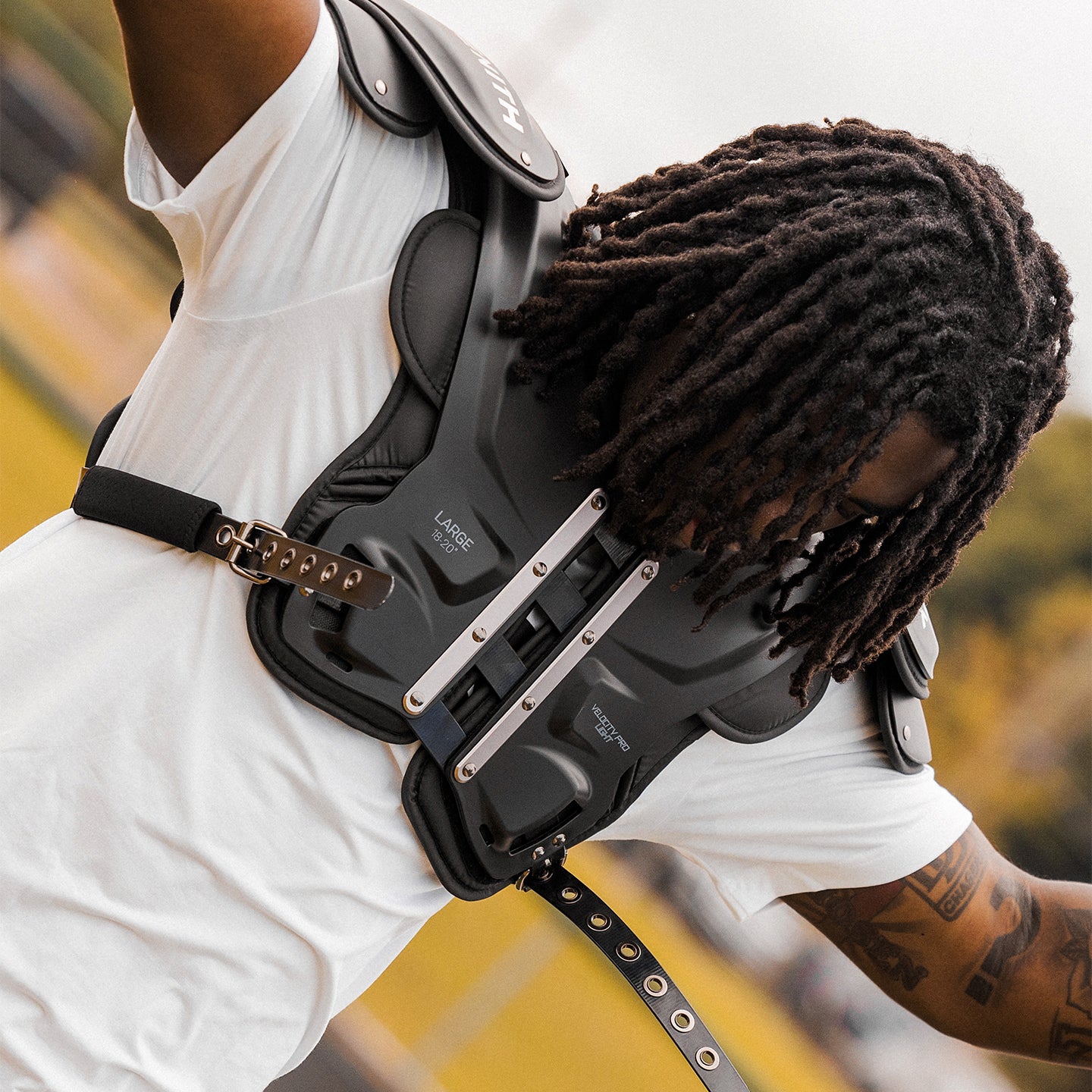
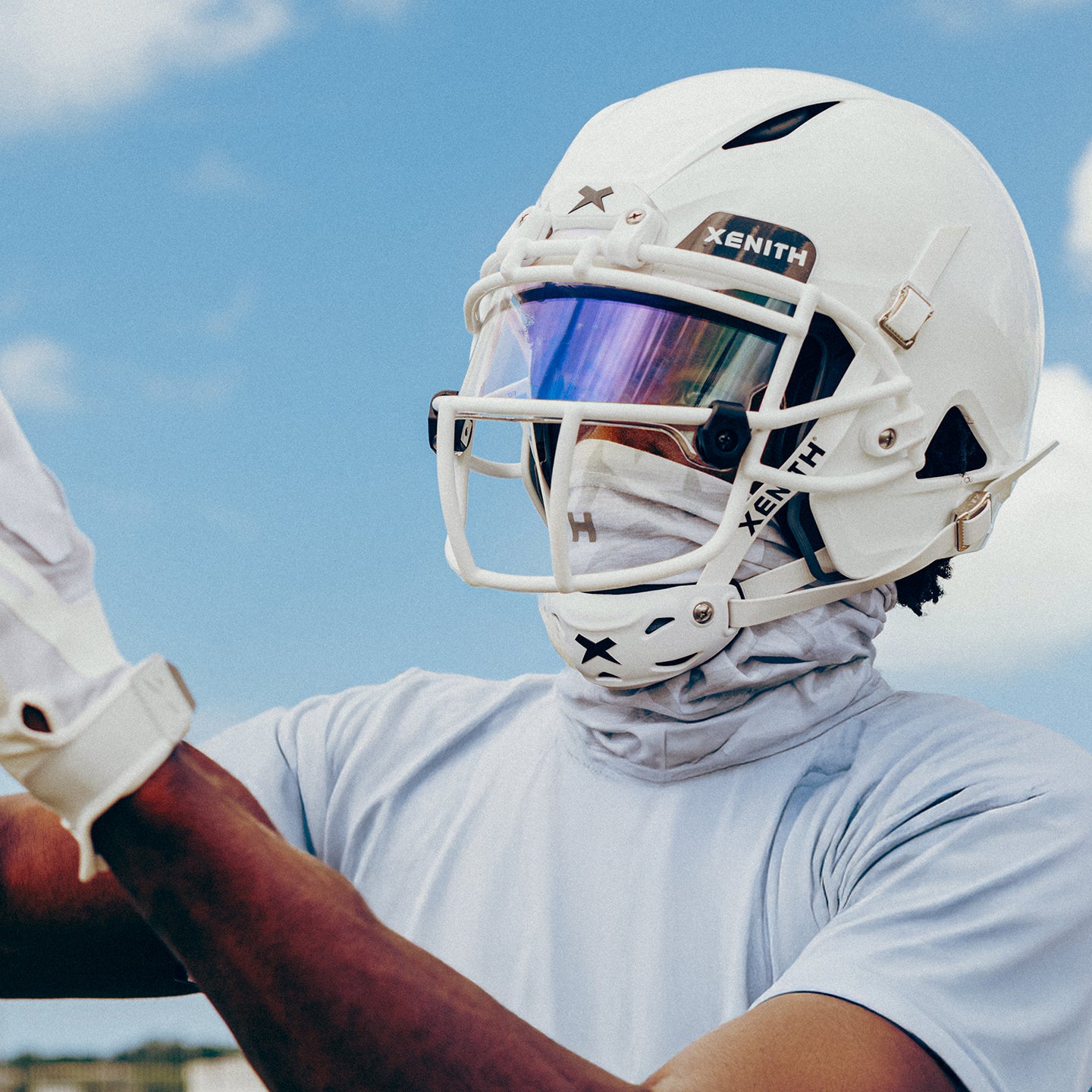

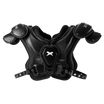

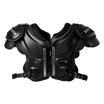


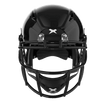
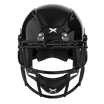
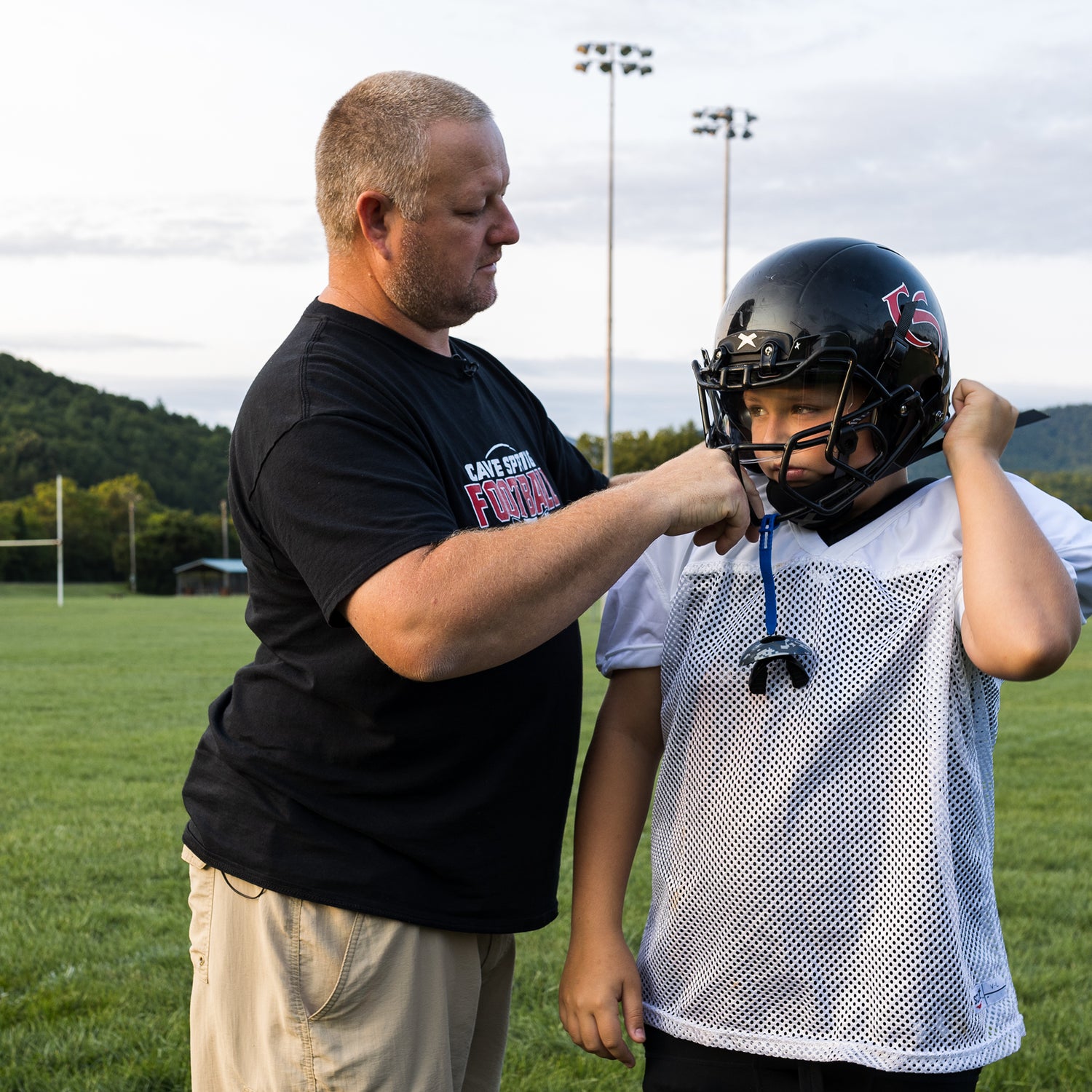

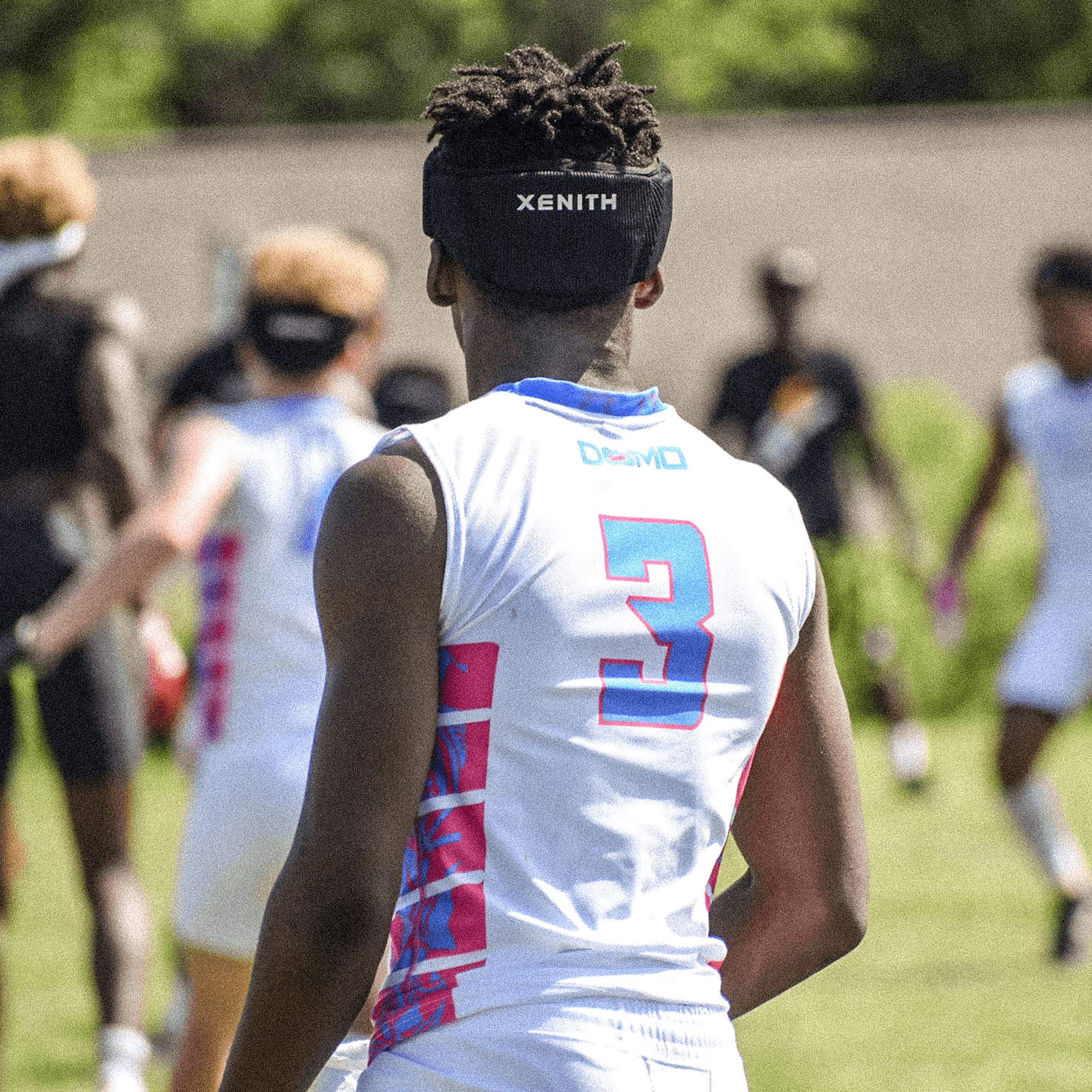
Leave a comment
This site is protected by hCaptcha and the hCaptcha Privacy Policy and Terms of Service apply.